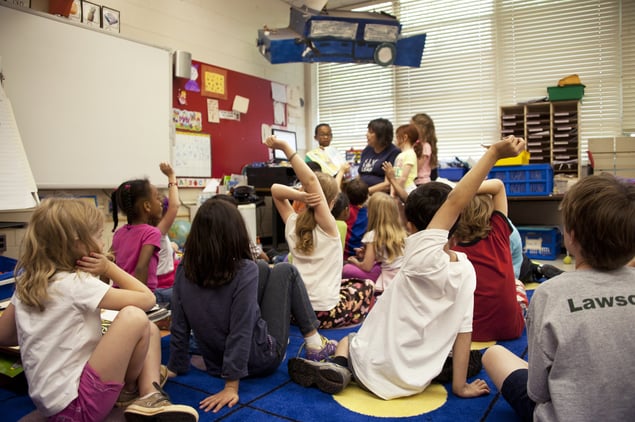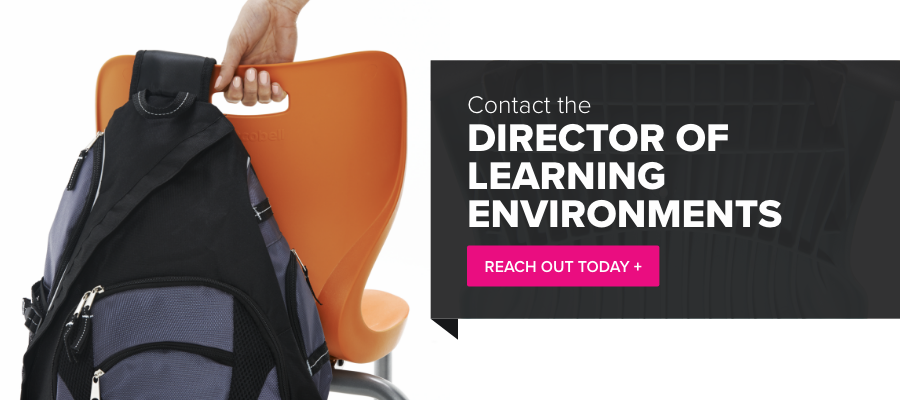It’s exciting news that you are in the midst of planning, preparing and purchasing new classroom furniture. Whether it’s for a newly constructed school, a renovation of an existing school building or to modernize a specific space, you have selected furniture for your learning spaces.
Now what?
Have you taken into consideration how the newly selected classroom furniture will enhance the teaching and learning throughout the school?
Collaborative furniture is designed to help support the transformation of learning. It's important that you and your team of teachers, staff, students, (and even parents) consider connecting the dots between the following:
- how the learning environment will function
- what will be taught in the space
- how instruction will be delivered
In this blog, we’ll take a closer look at post-occupancy expectations and how your plans are critical for the success of your students as you seek to transform learning.
Transform Learning with Post-Occupancy Expectations In-Mind
You know that establishing post-occupancy expectations and creating a strategic plan for properly using your school’s transformed learning environment is critical, but you’re left with the question: “How do I articulate this vision of how the inhabitants will use the space and the furniture?”
The answer? Providing professional learning experiences for teachers, staff, and students.
Professional Learning + Modern School Furniture = Transformed Learning
Providing professional learning for teachers, staff, and students on the functionality of new school furniture may sound silly, but is it?
In a recent interview, Belinda Kuck—the Director of Teaching and Learning for the Davis School District in Farmington, Utah—said she was initially skeptical of professional learning when it came to using school furniture. She notes that to effectively transform learning, it’s important to set expectations and train teachers properly before they inhabit a new space. Why introduce teachers to a new learning tool without showing them how to get the most out of the investment?
To optimize the transformation of your learning spaces, Kuck says "Invest in professional learning experiences for classroom furniture just as you would invest in professional learning experiences for math or reading."
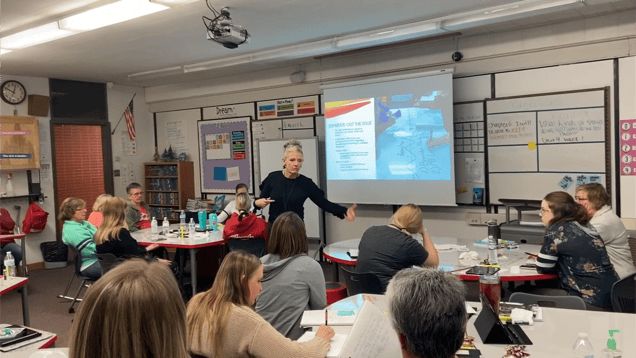
Artcobell's Director of Learning Environments provides teachers with post-occupancy professional learning experiences to ensure they get the most out of their classroom furniture.
5 Things to Consider for Developing Professional Learning Experiences
For your teachers to get the most out of a professional learning experience, you need to equip them with best practices, tips, and insightful knowledge on using modern school furniture to transform learning.
Consider these five things as you shape your own professional learning experience.
- Articulate the “why”: Understanding the foundation for why specific school furniture was selected and the expectations on how the furniture should be used is important for effective implementation. Use grounded research, data, and best practices for why the change needs to occur. This will improve buy-in from teachers and staff.
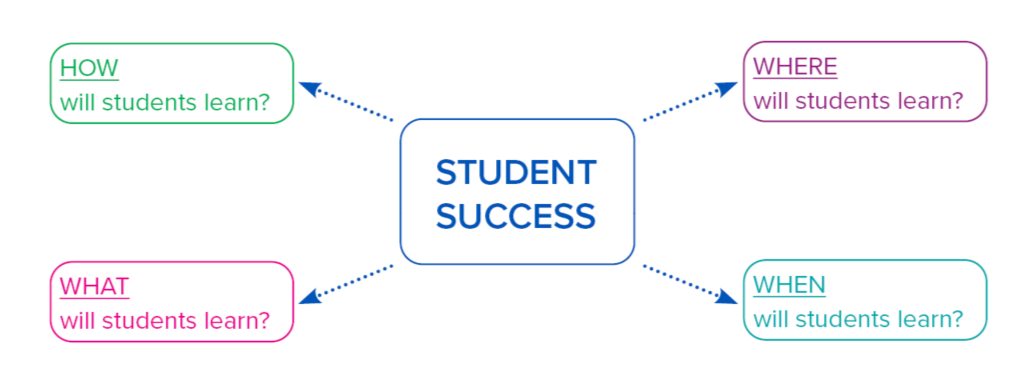
- Establish expectations: Provide guidance to teachers on how to establish “norms” for using the new school furniture. For example, if you are implementing flexible seating, students should help in determining the norms. For example, provide an anchor chart—displayed in the room—so students are reminded on how to select a seat.
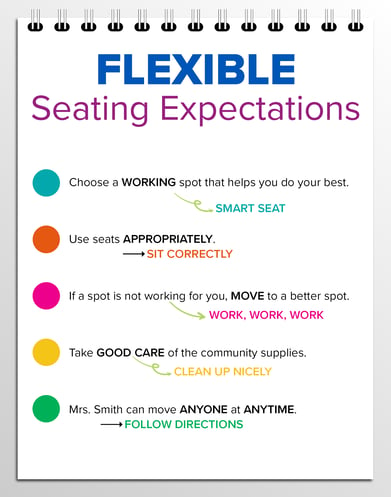
- Provide hands-on training: Provide hands-on training to help teachers understand how they can use school furniture to create more collaborative activities for their students. For example, show users how they can configure shaped student desks in a variety of different ways to create the optimal design for a specific classroom activity. Provide a content goal and let the teachers rearrange the furniture. Talk about why that specific classroom arrangement meets the goal.
- Connect the use of school furniture to content and curriculum: Station rotation, project-based learning, and individual practice requires different configurations of your furniture. Help your teachers understand when to use certain school furniture based off of the activity or the learning objective.
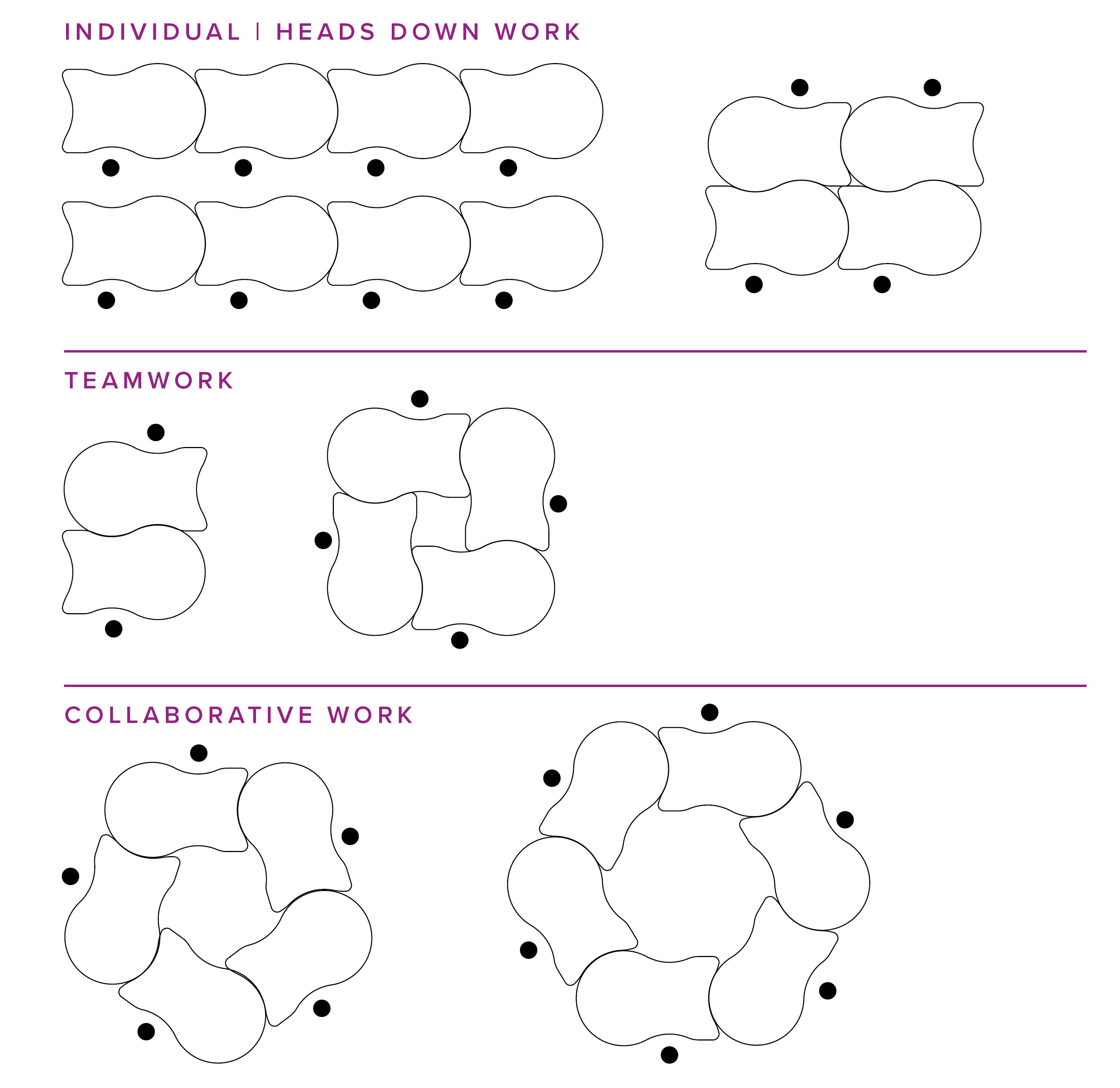
- Provide time for teachers to share best practices: In professional learning communities, encourage teachers to share ideas either within grade levels, or in common curricular or cross-curricular areas.
Related Article: What’s Flexible Seating & Why is it Crucial in Classrooms?
Get Expert Help to Create the Right PL for Your School
If you’re interested in learning more about post-occupancy professional learning, we’d love to help you! Our team is experienced in helping educational professionals outfit their schools with the right classroom furniture and can come alongside you to ensure you get the most out of your investment—that includes training your teachers. Contact us today to get started!
